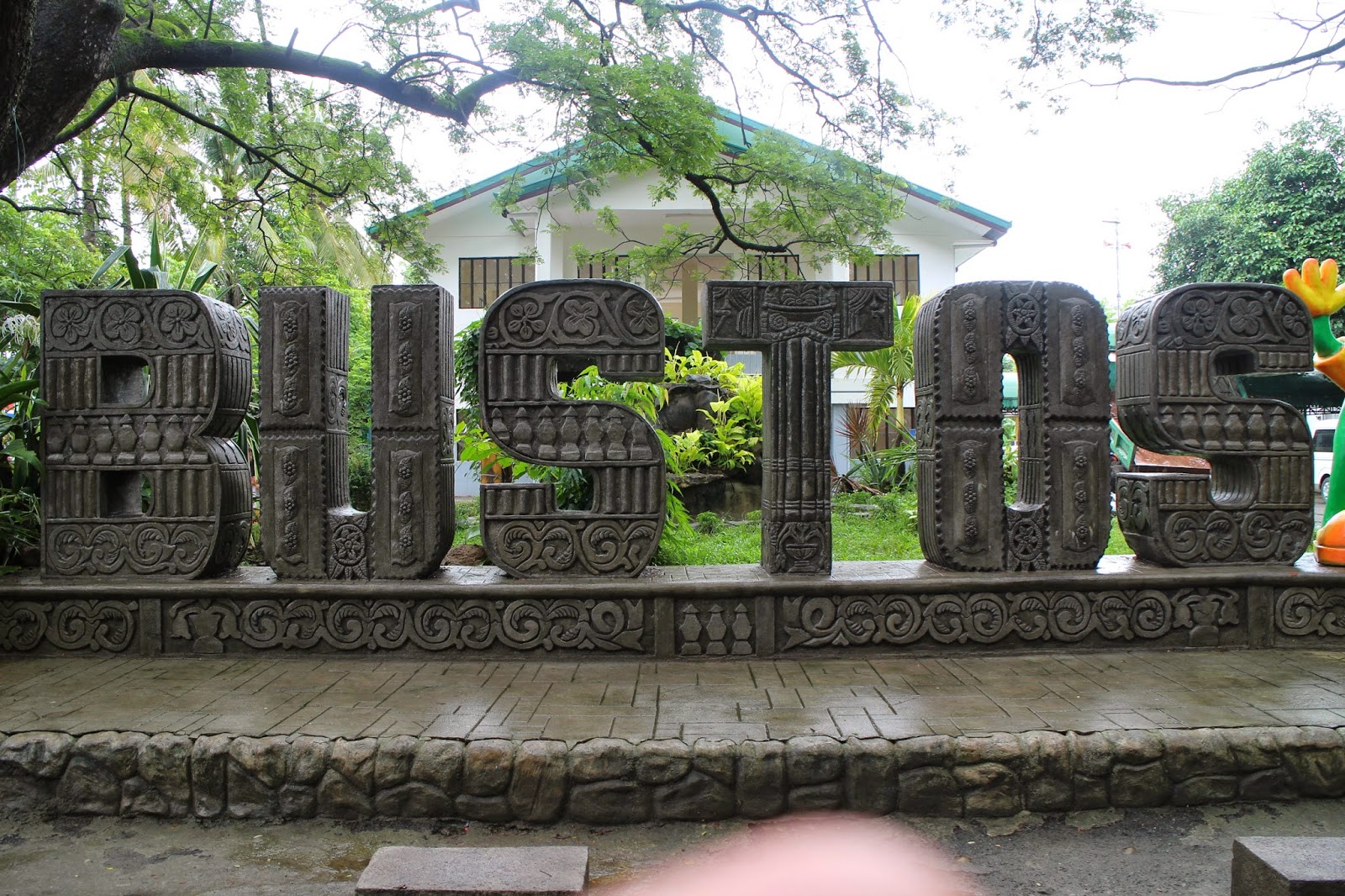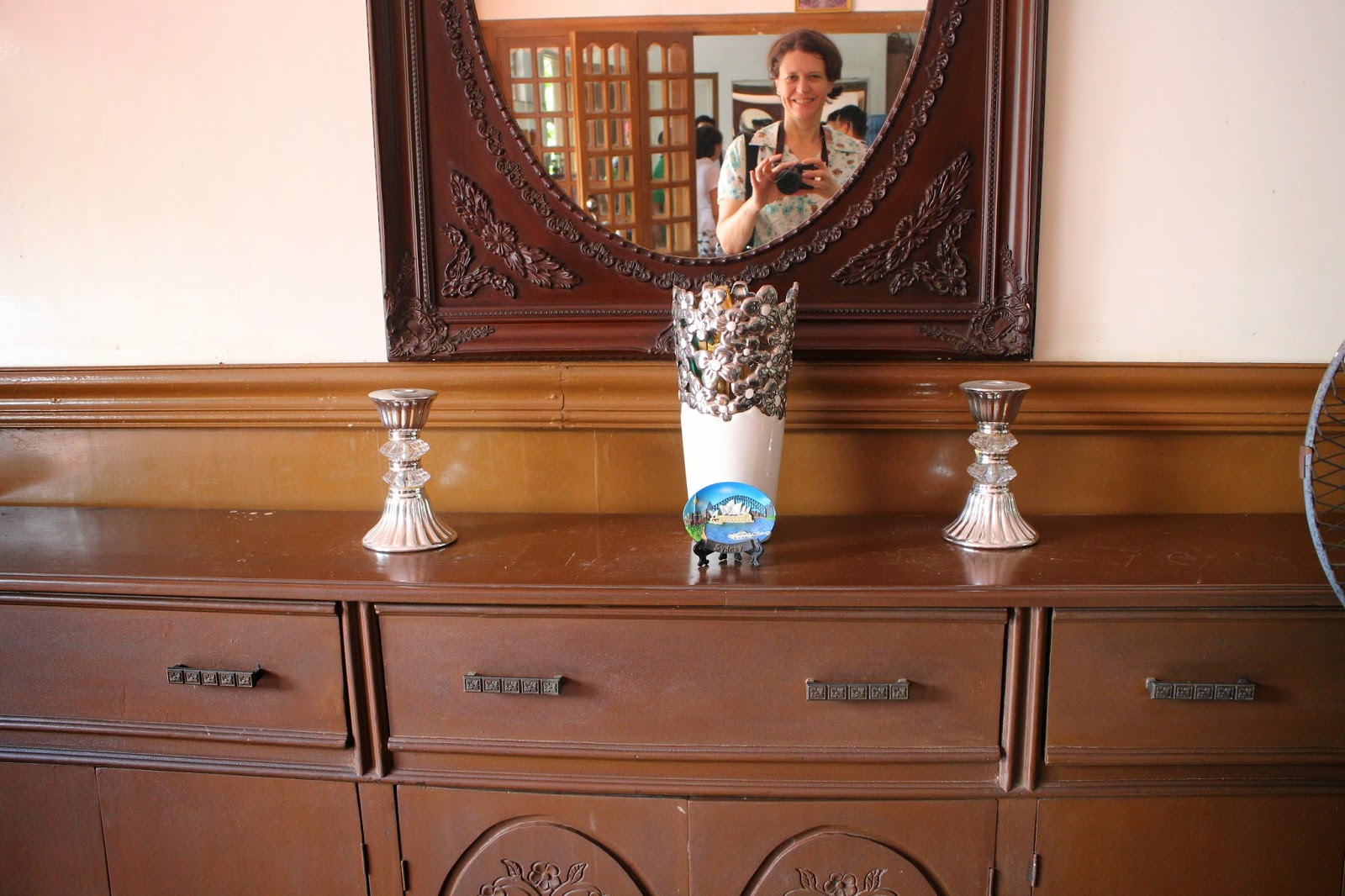This old house oozing with character and our Museum Volunteers of the Philippines (MVP) (link) tour destination for the month of November is the Bahay Nakpil-Bautista. Bahay is the Filipino word for house and Nakpil and Bautista are the names of the families who lived in the home. The original owner, Dr. Ariston Bautista bought the home in 1914. He studied for his medical degree in Spain (link), and was a contemporary of the famous author José Rizal (link) and painter Juan Luna (link).
But the main attraction of the house lies in the fact that it was resided in by the woman featured in the photograph above, Gregoria de Jesus. She was the second wife of Andres Bonifacio (link) the founder of the revolutionary movement called the Katipunan and shown in the copy of the engraving below. This group fought for the independence of the Philippines from Spain at the end of the nineteenth century. Gregoria was closely involved in this struggle to achieve freedom and she wrote later of her experiences (link).
Bonifacio died in battle at the tender age of thirty-three. Gregoria re-married a year later. Her second husband was Bonifacio's general Julio Nakpil (link) (and also the brother-in-law of Ariston Bautista), and they went on to have eight children of whom only six survived, which must have been an adventure of a different kind.
The current generation of Nakpil family members are very pro-active in the maintenance of their treasured ancestral home. They have created a foundation and a website (link). Plus, it is open to the public and is one of the few historical sites I have seen in the Philippines that provides guides and detailed signage outlining the significance of what is on view. On the ground floor of the house, there are a large number of panels on the walls explaining the history of the neighbourhood area of Quiapo, the architectual style of the house (see above photograph), and the family tree. It is a really informative place to visit and well worth your time.
Throughout the house there is a noticeable amount of geometric design like you can see in the staircase shown in the pictures above and below. The house was built when the Art Nouveau style which eschewed surface decoration was popular in Europe.
The wall dividers at the top of the walls near the ceilings have distinctive patterns that resemble flowers.
The design on these chairs (below) influenced the design of the walls, staircase ...
... and the ventallila grills (below).
The painting below is called, "The Parisian Life" (link) was painted by Juan Luna in 1892. It was originally owned by Ariston Bautista and he is depicted in the painting as the man who is looking towards the woman. The man in the middle is José Rizal and the man on the far left is the painter himself. The posture of the woman is said to have been posed deliberately to represent a map of the Philippines.
The chair below is from a different home which was due to be demolished. The owners donated it to the Bahay because they wished to preserve it as it had been used by Rizal during a visit to their home. The style of carving is distinctively ornate and differs considerably from the rest of the Art Nouveau furniture in the house.
We were fortunate to be personally guided around the home by one of the family members, Ms. Bobbi Santos-Viola.
The house has some beautiful items on display.
It is easy to imagine it during its glory days. Here is an early photograph...
And here is the "now" photograph.
It is a shame that the waterways look like this now, particularly as the name, "Quiapo" comes from the water plant "kiyapo". It is a testament to the family's hard work that the house remains intact under such difficult conditions.
But perhaps they had a little help?
Or maybe it is the spirit of Gregorio de Jesus looking over them? The picture below shows the entrance to the room dedicated in her honour.
I am sure she must be very proud that her family has worked so hard to keep the memory of her achievements alive. It was a privilege to visit such a place. I hope it stands for another hundred years!
























.JPG)




.jpg)
.jpg)



